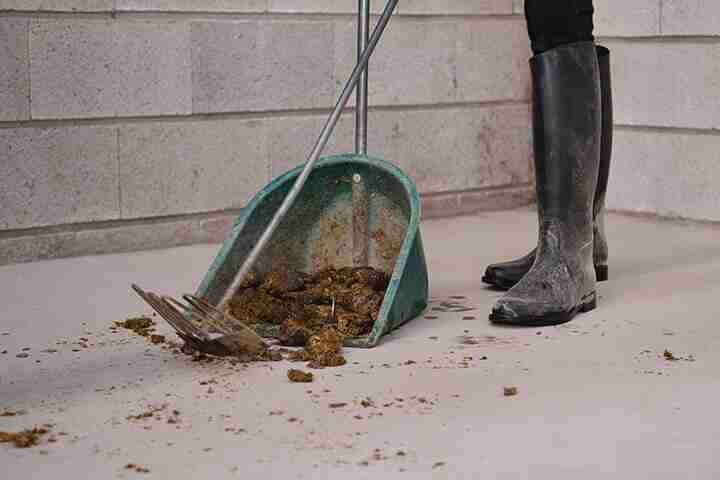The birth of a foal is a magical moment for horse enthusiasts, and understanding the delicate nature of newborn foal hooves is crucial for their well-being. In this comprehensive guide, we’ll explore the unique characteristics of newborn foal hooves, their early development, and essential care practices that set the foundation for a lifetime of soundness.
Nature of Newborn Foal’s Hooves
- Milk Feet Magic: Newborn foals enter the world with soft and pliable hooves, often referred to as “milk feet.” These hooves are a temporary adaptation designed to facilitate the birthing process and protect the mare during pregnancy.
- Stand Tall, Walk Proud: The transformation of milk feet begins as the foal stands and takes its first steps. The weight-bearing process initiates the hardening of the hooves, a crucial step for a foal’s mobility and exploration.
- Developmental Milestones: In the early days and weeks of life, foal hooves undergo rapid growth and development. This period sets the stage for the foal’s future hoof conformation and overall soundness.
Essential Care Practices for Newborn Foal Hooves
- Gentle Handling Introduction: Start handling the foal’s hooves early to acclimate them to the touch. This early exposure helps create a positive association with hoof care practices.
- Regular Monitoring: Regularly check the hooves for any abnormalities or signs of discomfort. Early detection of issues allows for prompt intervention and prevents potential long-term problems.
- Nutritional Support: A balanced diet is crucial for the overall health of newborn foals, including the development of strong and resilient hooves. Ensure that the mare’s diet meets the nutritional needs of both herself and her foal.
- Assistance from a Farrier: While extensive trimming is not typically required in the first few weeks, consulting with a knowledgeable farrier can provide valuable insights into the foal’s hoof health and development.
Addressing Common Hoof Issues in Newborn Foals
- Angular Limb Deformities: Some foals may experience angular limb deformities that can impact the hooves. Timely consultation with a veterinarian and farrier can aid in managing and correcting these issues.
- Hoof Imbalances: Imbalances can occur as the foal’s hooves grow. Regular farrier visits, even in the early stages, can help address these imbalances and promote proper growth.

Conclusion
Nurturing the hooves of newborn foals is a delicate yet vital aspect of responsible horse care. By understanding the unique characteristics of milk feet, monitoring development, and introducing gentle care practices early on, horse enthusiasts contribute to the long-term well-being of these young equine companions. As the newborn foal takes its first steps, ensuring proper hoof care sets the stage for a lifetime of soundness, health, and the joyous exploration of the world.





